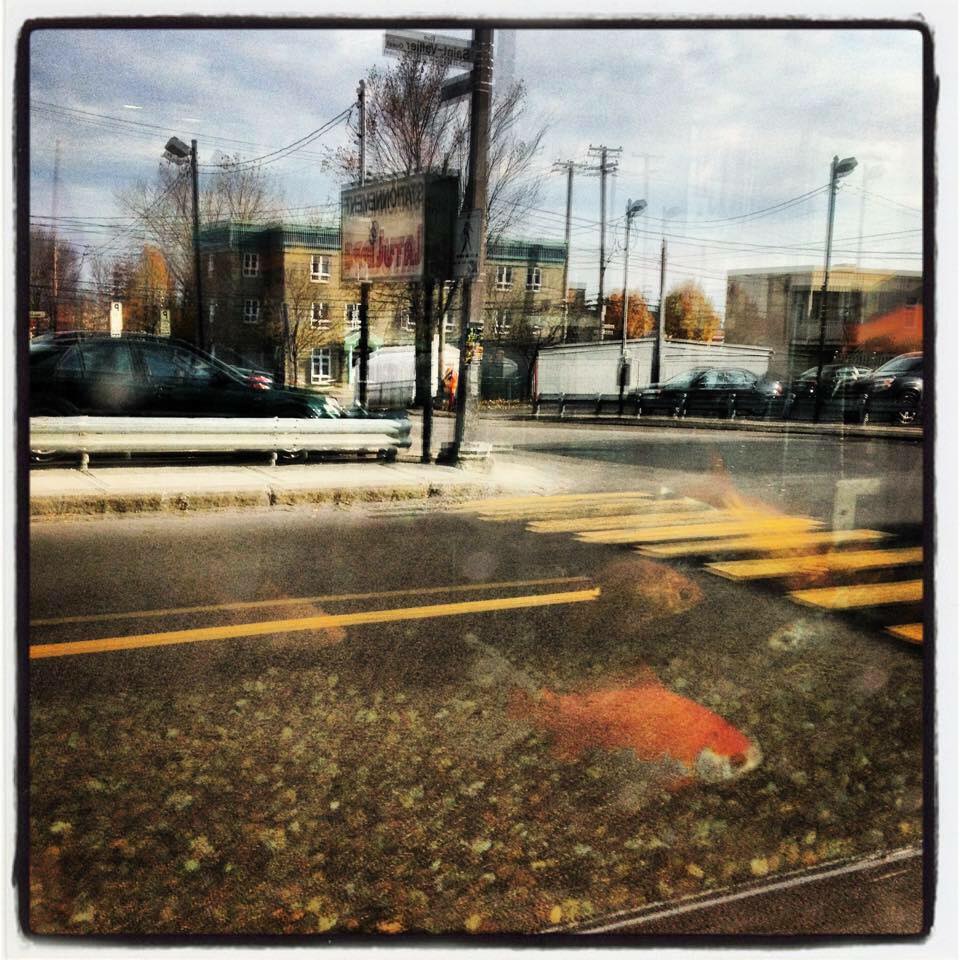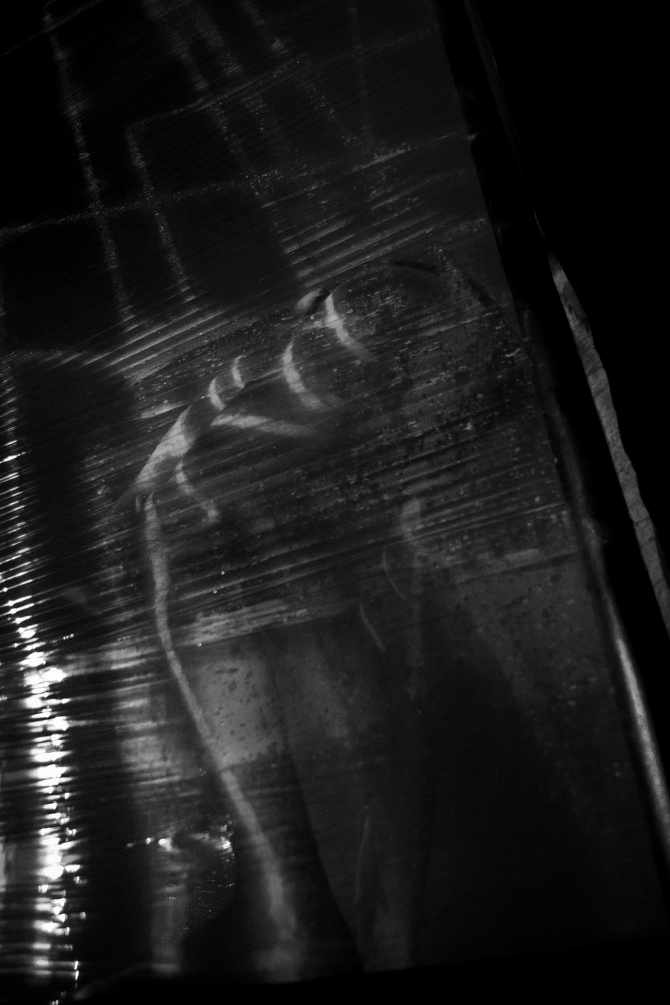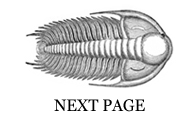David Nadeau
The Hermetic Sea
It is time for Surrealism to become like the ever-dry floating sieve on which the Doctor Faustroll and his passengers sail on the electromagnetic waves that travel the high layer of Earth’s atmosphere. All of these “upper waters” form the filter and place of concentration in which the ultraviolet radiation coming from interstellar space is transformed. The subtle deluge caused by the overflowing of the Alchemical Sea, or Mercury, dissolves the sensitive and rational appearances on which the capitalist social structures were based and that ensured their reproduction. The mind that opens on the vastness of this sea, where common sense finds no benchmarks, is transferred into another space-time, not linear but cyclical, where it may be absorbed without return. This upheaval of the logic balance of the waking state’s secular consciousness is the prime matter of the Great Work, on the mental and spiritual level. The alchemist Bernard Roger associates Mercury with the Other world of fairy tales, as well as to the collective unconscious of Jungian psychology (Initiation et contes de fées1, p. 24).
The superior waves generate dew, from which, during the month of May only, a salt, nitre isotope, or isomer, can be drawn. Mercury, the Universal Solvent, can only be extracted from this crystalline body, although it is present in a latent state in all nature2. The Water that kills and resurrects comes from Nammu, the vast sea where is the origin of life.

Photograph by Christian Girard, “Chez Madame Verret”
2 ” […] you feel that the woman who is appropriate for the stone and who must be united with it is this fountain of living water, whose source, entirely heavenly, and which has its center particularly in the Sun and the Moon, produces this clear and precious stream of the Sages, which flows into the sea of the Philosophers that surrounds the whole world […] “. Limojon de Saint-Didier, Entretien d’Eudoxe et de Pyrophile sur l’ancienne guerre des chevaliers, in Le Triomphe hermétique ou La Pierre philosophale victorieuse (1699).
In the Gleam of the Shadow
I
Once autumn is fully sublimated,
drown the impassive deserts.
The blood of the Hydra is a paradoxical poison.
The prophetic trees are approaching us…
All earthquakes converge.
The wind stretches itself to the last rays.
I advise you: Avoid time.
Humanity is engulfed by the heavenly swamp,
the sleepwalking ocean,
the undulatory ashtray,
the crucible of the heart.
Is it finally over?
Putrefaction of the diamond in the upper layers of the atmosphere was planned from the beginning.
II
This beginning stretches itself in the gleam of the possible shadow.
Trees parade on the passenger seat.
The road plunges into the liver.
The heart approaches the occult ocean.
The wind sweeps the undulatory sleepwalkers in the precious debris of the Atrabile.
The last rays converge, for a more complete dissolution.
Autumn swallows the paradoxical diamond.
The earthquake remains stoic.
The lives past in the heavenly swamp,
is it finally over?
We will meet your old friends again.
The disappearance of humanity is a bad memory.
David Nadeau, August 24 2015

Photograph by Joffrey Floyd Doyon
A review of le Domaine des Enchanteurs
Bruno Geneste and Paul Sanda, Les surréalistes et la Bretagne : le Domaine des Enchanteurs. Éditinter, 2015.
A small boat travels the invisible depths of the unconscious, and puts man to challenge of crossing the mysteries of desire, to crack in himself the doors of the marvelous. – Bruno Geneste and Paul Sanda
After Ouessant, l'(H)ermitage des Grands Vents (Éditions Rafael Surtis, 2013), Les surréalistes et la Bretagne is the second essay from the association between the poets Bruno Geneste and Paul Sanda, Surrealists of the naked forces, of the shore, the sand and the rocks. Thirty-two short chapters are devoted to creators, Surrealist for most, and their relationship with the geography, culture and mythology of Britanny. They are the Great Ancestors, of which the two poets, having become sea foam men, feel the presence in their dérives along the shore, the foreshore and the cliffs, but also in the House of Eve of the Creac’h semaphore at Ouessant, writing place of this book, and during their shamanistic dances…
The last six chapters are devoted to the presentation of Sanda and Geneste’s poetic theories, and thus form a sort of manifesto of the oceanic Surrealism, or Surrealism of the shore. What these poets call the Atlantic experience of the edge is to amass experiences, insights and perceptions, in contact with the elements of nature involved in the Breton landscape :
And the semaphore could drop on us and in us its turning lightning in the Ouessant night, the long poem of a fierce sea like no other. So we have chosen to extend ourselves here constantly, in the din of the rocks and into the aqueous immensity able to leave an impassable gap fill our senses and desires, and all volunteer intensity of exile to the heart of the geological complex that carries it on: the invisible current that carries the poem to the surface of a continent made of magmas and wicks that the ebb jostles.
In the chapter on “the end of the earth of Yves Tanguy” is mentioned the Geopoetic, invented by the writer Kenneth White1 in the early 1980s and described in his book Le Plateau de l’albatros. Indeed, the poetic quest pursued by the two authors of Les surréalistes et la Bretagne approaches the founding principles of this movement of thought and creation, defined on the International Institute of Geopoetic’s website:
The Geopoetic is a transdisciplinary theory and practice applicable to all areas of life and research, which aims to restore and enrich the human-Earth relationship that has long been broken, with the ecological, psychological and intellectual consequences we know about, thus developing new existential perspectives in a refounded world.2
An experiment of oceanic Surrealism, led by Sanda and Geneste, is mentioned in their book. On 6 November 2014, on the shores of the Sussex coast, two children discover a beached bottle containing the fragment of the poem “La femme sur la plage”, by André Breton. Under the poem is written the following: “A poet, a poem, a bottle in the sea … / Bottle launched by the House of Poetry of Quimperlé’s Country, September 5, 2014. If you find this bottle please contact us at 06 20 82 82 24”. This took place on the occasion of the fourth edition of “The Beached Bottles”, organized on the idea of Paul Sanda, by the House of Poetry of Quimperlé’s Country, an association led by Bruno Geneste. Each year, seven glass bottles, each containing a poem, are launched at the port of Doëlan (Finistère).
The poetic experience of Geneste and Sanda is in continuity with the Surrealist and Gnostic spirit that animated the group of the Supérieur Inconnu magazine (1995-2011), to which Paul Sanda has been a part of.
2. www.kennethwhite.org/geopoetique/

